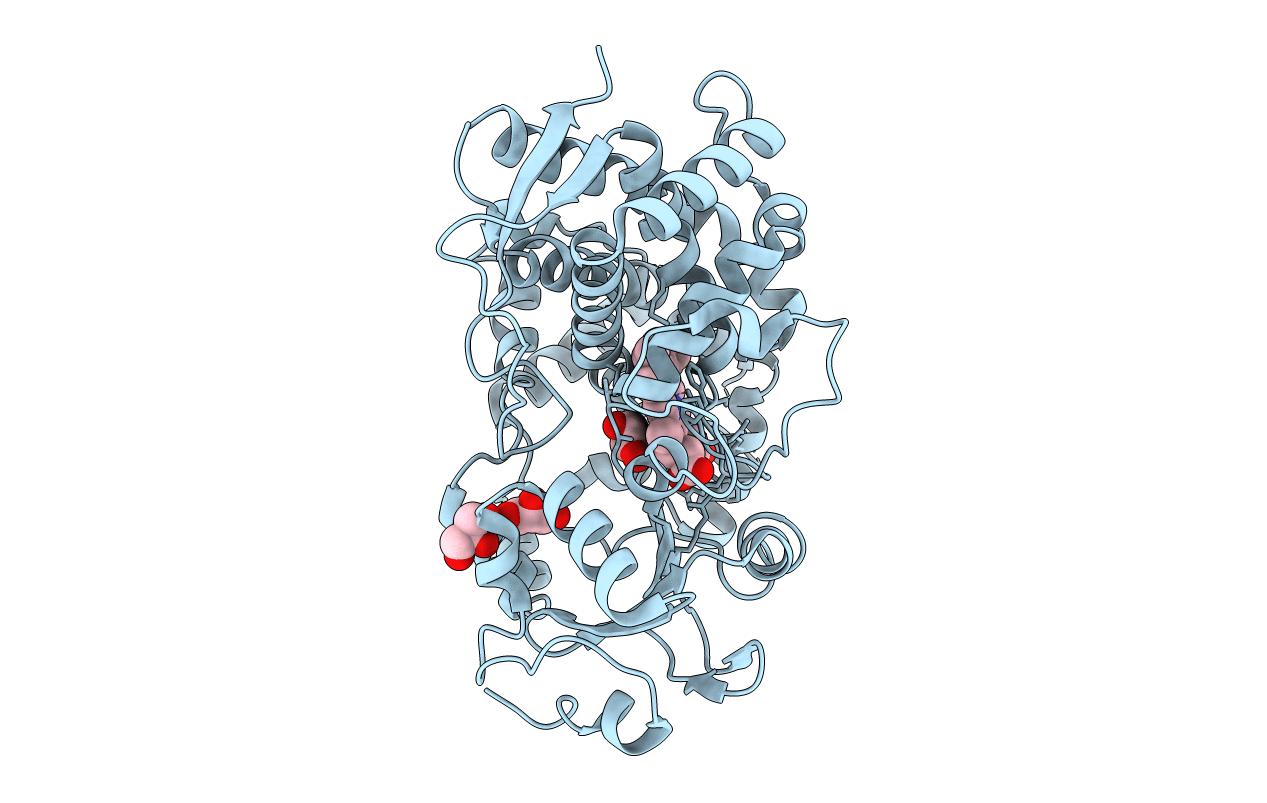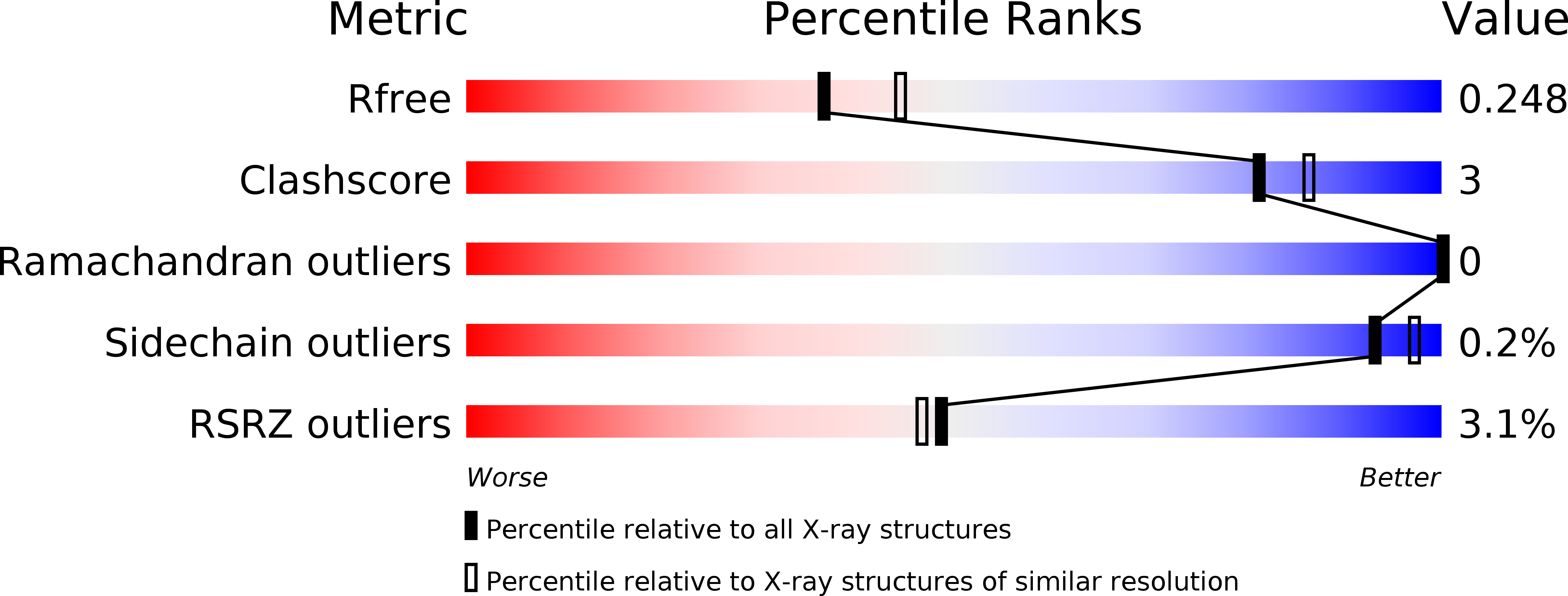
Deposition Date
2018-09-21
Release Date
2019-04-03
Last Version Date
2023-10-11
Method Details:
Experimental Method:
Resolution:
2.20 Å
R-Value Free:
0.24
R-Value Work:
0.20
R-Value Observed:
0.21
Space Group:
I 2 2 2


